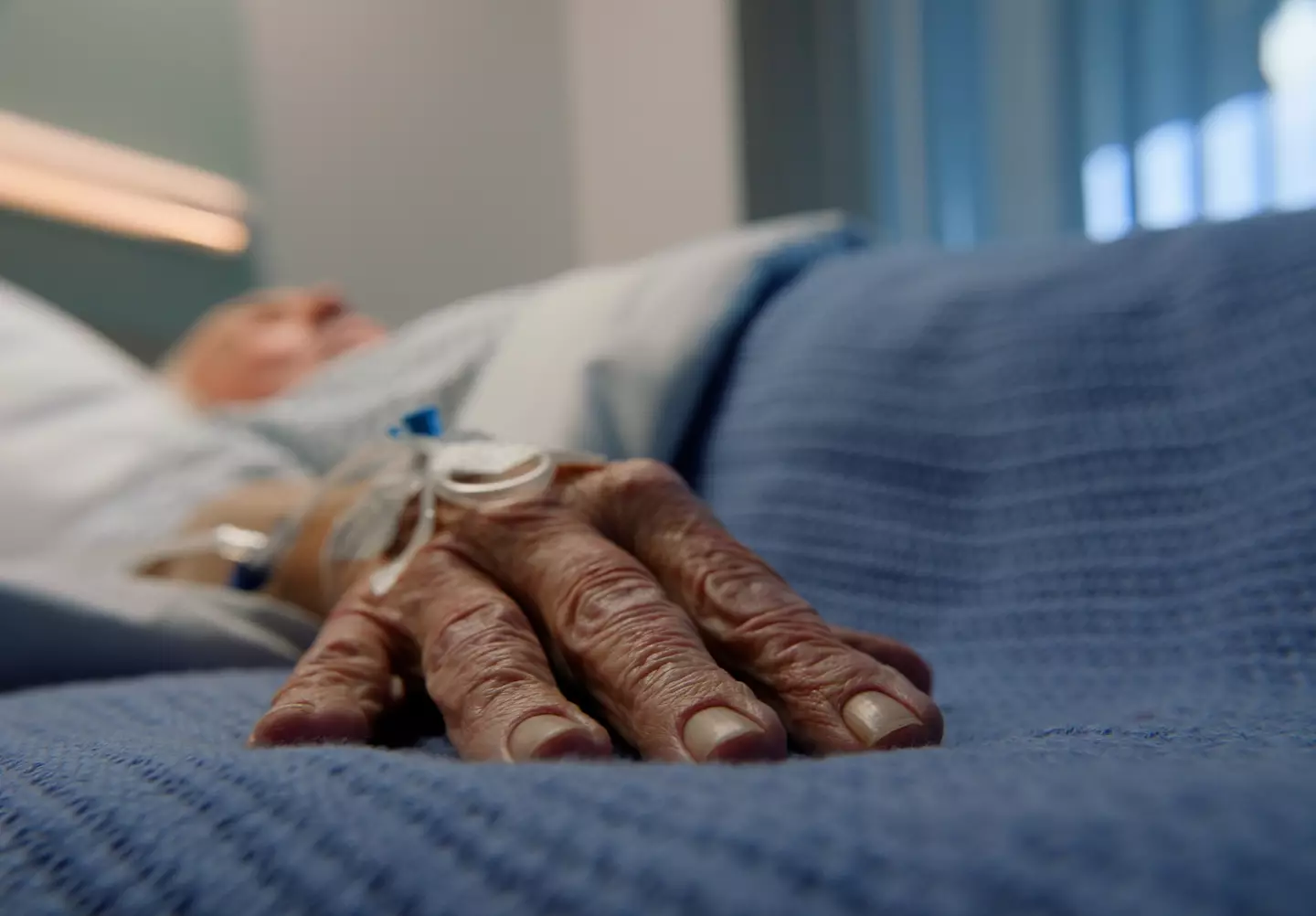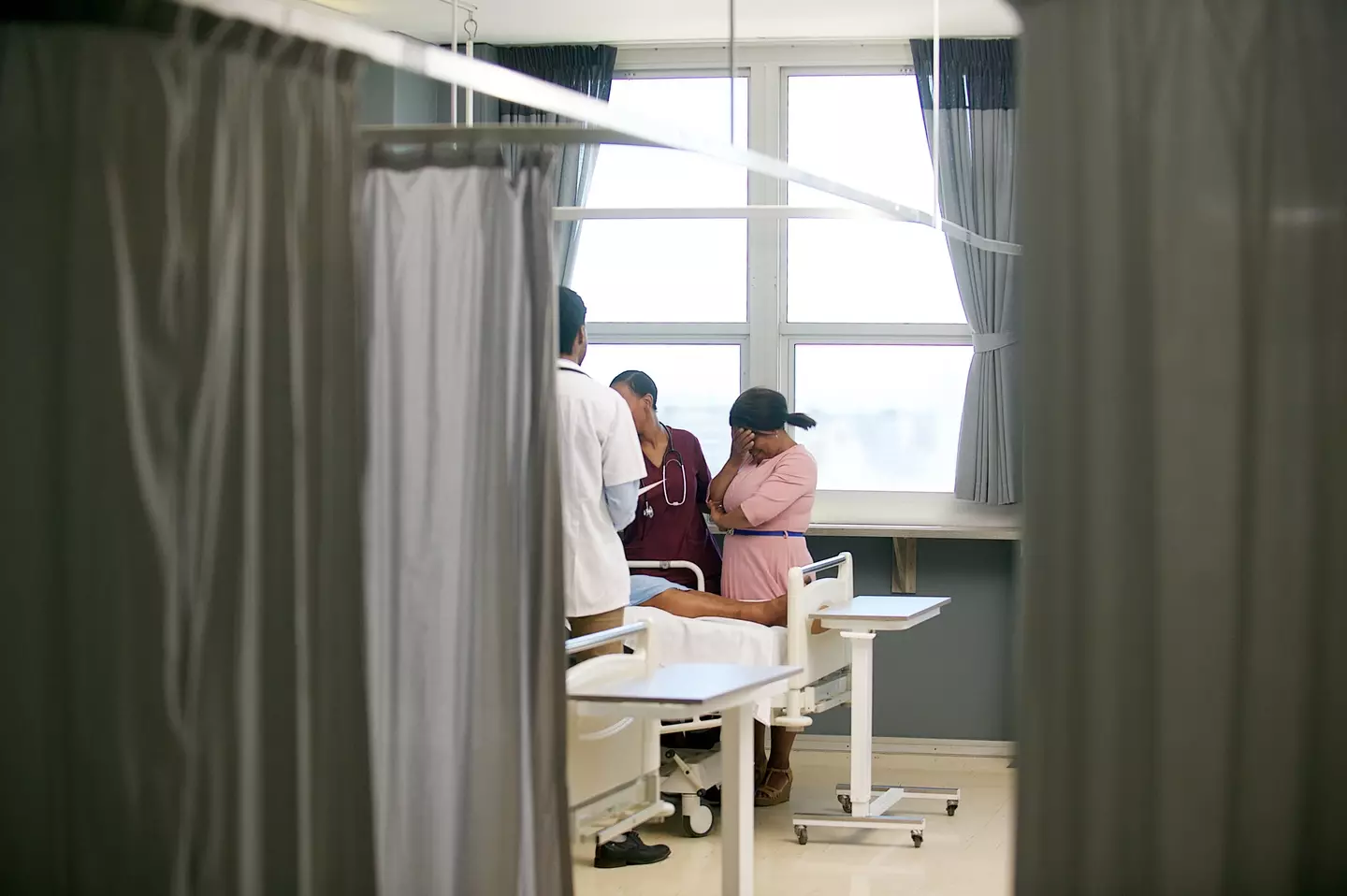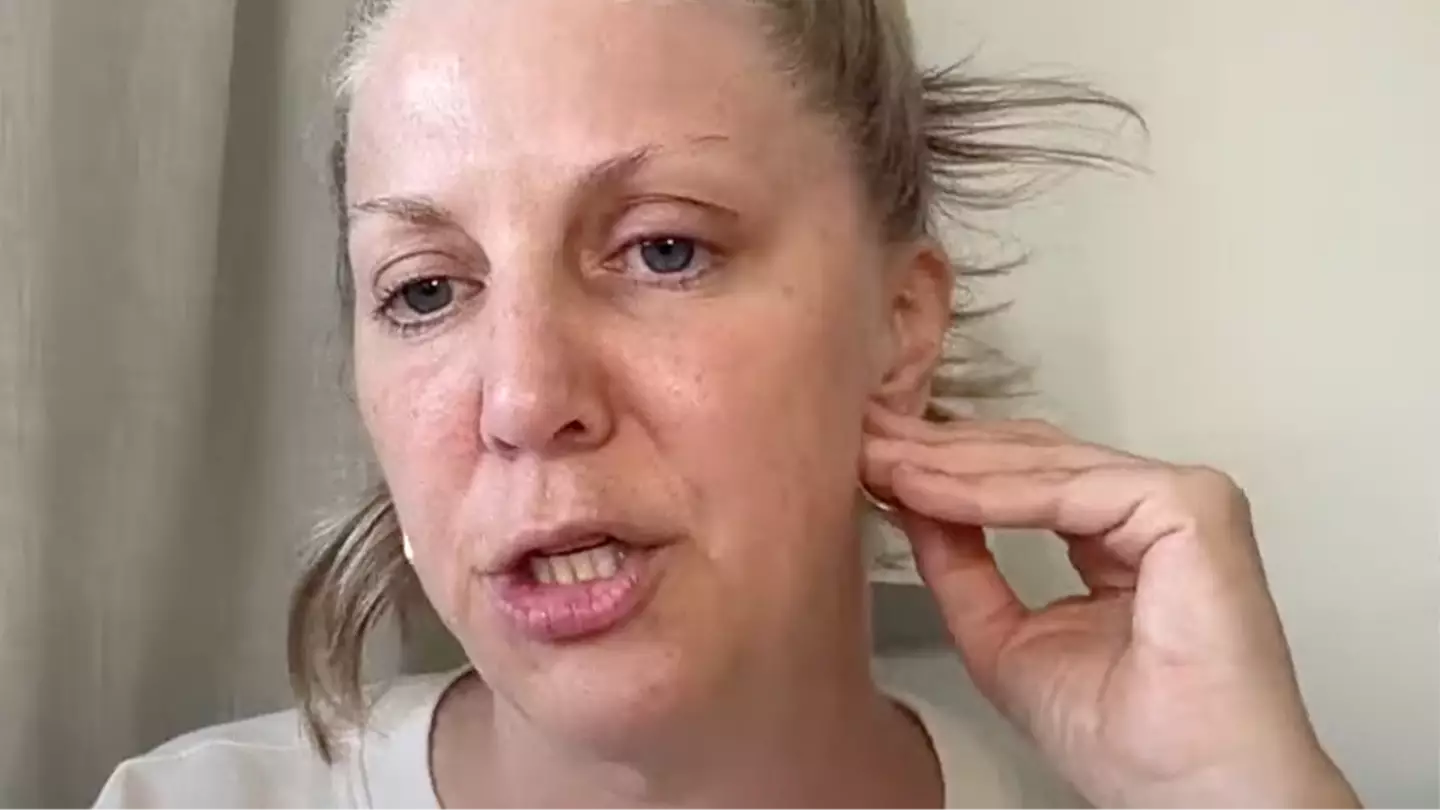A hospice nurse has shared insights into what is often observed in patients during the final 24 hours before they pass away. The topic of what happens at the end of life has long been a subject of curiosity and fear, but palliative nurses are working to alleviate these fears by sharing that dying may not be as frightening as many believe.
Julie McFadden, a hospice nurse based in California, has become known as Nurse Julie to her 1.7 million TikTok followers. She authored a book titled “Nothing to Fear: Demystifying Death to Live More Fully,” drawing from her 16 years of experience in hospice care.
Recently, Julie discussed the common phrases she hears from those nearing death, such as expressions of love, gratitude, and forgiveness. She also noted that some patients appear to “choose” the timing of their passing, saying things like, “I’m going to die after this date” or “I’ll wait for my daughter’s wedding.” Julie recounted a case where a patient declared, “I’m dying tonight,” and did so, despite not being in an actively dying state, during an episode of the Dr Karan Explores podcast.
Julie has highlighted three phenomena that may appear in patients within the last 24 hours of life.

Although it might sound alarming, patients close to death may make gurgling sounds known as the “death rattle.” However, this is a natural part of the dying process. According to Very Well Health, this sound occurs when a person is unable to swallow or cough, leading to a build-up of phlegm and saliva in the throat and airways. The noise is produced as air moves through this fluid accumulation. Julie mentions that this is typically heard in the final 24 hours of life.

Another indicator that death is near is a change in breathing patterns. Breaths may become slower or more spaced out, resembling long pauses between inhales. Julie notes that it can seem as if the patient has stopped breathing. This may lead to “agonal breathing,” which looks like gasping for air. Although it might be distressing for family members to see, Julie reassures that this is part of the natural process and that the patient is not in pain. WebMD describes it as a natural reflex occurring when the brain receives insufficient oxygen, not true breathing. Agonal breathing suggests that death is imminent within 24 hours.

The last stage, which may be more comforting to witness, is the unconscious phase. Although the patient is still alive and may have their eyes and mouth open, Julie explains, “They will not be waking up, no matter what you do.” It’s common for their eyes to appear glazed and unfocused since they are not fully present, although they may still sense your presence. Julie refers to this as the “death stare,” describing it as if “no one’s really home.”
While these stages are common in patients who pass within 24 hours, Julie notes that this isn’t always the case, as some may die suddenly, more quickly, or take longer.

